-
Welcome to Tacoma World!
You are currently viewing as a guest! To get full-access, you need to register for a FREE account.
As a registered member, you’ll be able to:- Participate in all Tacoma discussion topics
- Communicate privately with other Tacoma owners from around the world
- Post your own photos in our Members Gallery
- Access all special features of the site
Supercharged engine management theory
Discussion in 'Technical Chat' started by Lwb053, Nov 11, 2013.


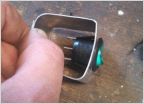 [HOW-TO]: LED Strip Lighting For Roof Top Tent (RTT)
[HOW-TO]: LED Strip Lighting For Roof Top Tent (RTT)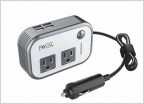 First gen 12v outlet question
First gen 12v outlet question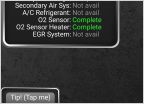 5VZ-FE, 3.4L V6, Detailed Post on Performance Problem. Please, PLEASE Offer Informed Input
5VZ-FE, 3.4L V6, Detailed Post on Performance Problem. Please, PLEASE Offer Informed Input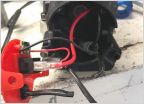 Poor man's OBA
Poor man's OBA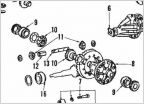 Bearing Part Number
Bearing Part Number










































































